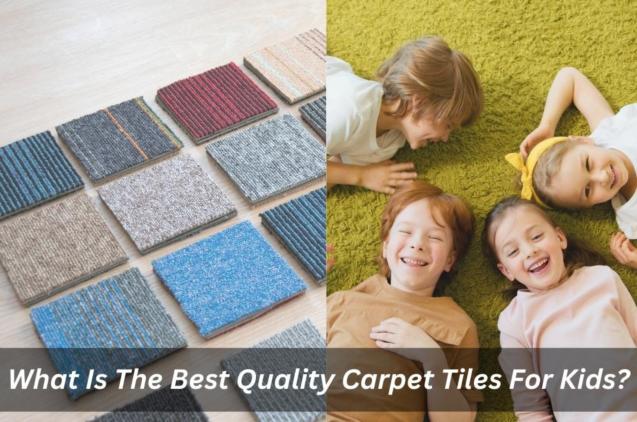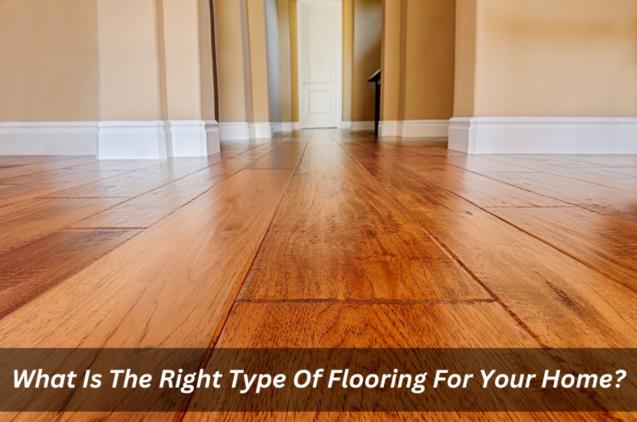
How To Choose The Best Carpet Flooring For Your Home?
By Cosy Group|October 20, 2022
Carpet flooring has come a long way since its invention over a century ago. Today, carpeting comes in several types, styles, colours, textures and patterns. What kind should you choose? Read our guide below to get some basic information about different types of carpets.
Carpets have become a common choice for homes across the globe because they look great, add beauty to any room and provide warmth underfoot without costing much. In addition to being practical, carpets also serve another purpose - keeping floors clean and sanitized.
Although choosing between wood or vinyl flooring can often be a matter of personal taste, these two flooring options offer very different benefits. Vinyl flooring is typically cheaper than wood flooring, but it tends to wear out faster. Wood flooring lasts longer than vinyl, but it is generally more expensive.
There are many factors that influence how people feel about their home interiors, including whether or not we enjoy spending time there, what we like, and what we dislike. However, one thing that rarely changes through all the years is our love affair with rugs.
Not only do they make rooms warmer, cleaner, and brighter; but they are also a wonderful accent feature that does so much to improve the overall look of your home. As such, when making decisions on which rug to buy, it’s important to consider what you want from your rug before buying. This article will help you determine exactly what you need, along with recommendations on finding the best possible.
The most important decision you need to make when considering new floor coverings is whether you are looking for hardwood, laminate, tile or timber flooring. These three options come in a wide variety, ranging from budget-friendly choices to high-end luxury flooring. Each type offers unique advantages, and each costs differently.
Types of Carpet Flooring
When deciding which type of carpet flooring to install in your home, it's essential to know that there are several types available. You may be familiar with traditional carpet, which is a continuous pile of fibre that is tufted into the backing of the carpet. Traditional carpets are still widely used, although flat woven carpets are increasingly becoming popular.
Make sure to have a free measure quote before buying your carpet flooring. The carpet of your choice must match your existing blinds and shutters. There are many factors to consider when purchasing any type of carpet from a local store, so it’s important to do your research first.
Despite their benefits, however, wool carpets are more expensive than those made from synthetics. So, if you plan to spend a lot of money on your new carpets, you'll likely want to go with a high-quality wool product.
Unlike wool, microfiber doesn't absorb moisture very readily. It also tends to stay cleaner longer since it doesn't pick up dirt or stains quite as easily as regular nylons. This makes it ideal for households where kids and pets often spill things onto the carpet.
In addition, microfibers are much cheaper than wool carpets and easier to clean - making them perfect for allergy sufferers. However, microfiber carpeting does not last as long as wool or nylon carpets; they wear out faster and become softer over time. Still, if you're looking to save money on your new carpeting, microfiber may be right for you.
As such, we need to carefully weigh the pros and cons before committing ourselves to any form of bamboo. On one hand, bamboo is a plant, so it has incredible life cycles. On the other hand, it takes at least two years to produce each square foot of material.
So, unless you live somewhere where bamboo grows naturally, you'll probably want to purchase it rather than attempt to cultivate it.
Because both flat woven and loop pile carpets have been around for some time now, you should expect a certain level of performance and longevity. If you're searching for long-lasting, high-quality carpeting, chances are good that either of these styles will work well for you.
If you prefer something different, you might find yourself drawn to other options, like wool, microfiber and even bamboo. Microfiber is made from manmade polyester fibres, while wool comes from sheep's fibres. Bamboo is made from a type of grass and is considered by many to be eco-friendly. All of these options can be found at discount stores if you do a little research.
Carpets have become a common choice for homes across the globe because they look great, add beauty to any room and provide warmth underfoot without costing much. In addition to being practical, carpets also serve another purpose - keeping floors clean and sanitized.
Although choosing between wood or vinyl flooring can often be a matter of personal taste, these two flooring options offer very different benefits. Vinyl flooring is typically cheaper than wood flooring, but it tends to wear out faster. Wood flooring lasts longer than vinyl, but it is generally more expensive.
There are many factors that influence how people feel about their home interiors, including whether or not we enjoy spending time there, what we like, and what we dislike. However, one thing that rarely changes through all the years is our love affair with rugs.
Not only do they make rooms warmer, cleaner, and brighter; but they are also a wonderful accent feature that does so much to improve the overall look of your home. As such, when making decisions on which rug to buy, it’s important to consider what you want from your rug before buying. This article will help you determine exactly what you need, along with recommendations on finding the best possible.
The most important decision you need to make when considering new floor coverings is whether you are looking for hardwood, laminate, tile or timber flooring. These three options come in a wide variety, ranging from budget-friendly choices to high-end luxury flooring. Each type offers unique advantages, and each costs differently.
Types of Carpet Flooring
When deciding which type of carpet flooring to install in your home, it's essential to know that there are several types available. You may be familiar with traditional carpet, which is a continuous pile of fibre that is tufted into the backing of the carpet. Traditional carpets are still widely used, although flat woven carpets are increasingly becoming popular.
Make sure to have a free measure quote before buying your carpet flooring. The carpet of your choice must match your existing blinds and shutters. There are many factors to consider when purchasing any type of carpet from a local store, so it’s important to do your research first.
- Flat woven carpets
- Loop pile carpets
- Wool Carpets
Despite their benefits, however, wool carpets are more expensive than those made from synthetics. So, if you plan to spend a lot of money on your new carpets, you'll likely want to go with a high-quality wool product.
- Microfiber (Microfibers)
Unlike wool, microfiber doesn't absorb moisture very readily. It also tends to stay cleaner longer since it doesn't pick up dirt or stains quite as easily as regular nylons. This makes it ideal for households where kids and pets often spill things onto the carpet.
In addition, microfibers are much cheaper than wool carpets and easier to clean - making them perfect for allergy sufferers. However, microfiber carpeting does not last as long as wool or nylon carpets; they wear out faster and become softer over time. Still, if you're looking to save money on your new carpeting, microfiber may be right for you.
- Bamboo (Bamburos)
As such, we need to carefully weigh the pros and cons before committing ourselves to any form of bamboo. On one hand, bamboo is a plant, so it has incredible life cycles. On the other hand, it takes at least two years to produce each square foot of material.
So, unless you live somewhere where bamboo grows naturally, you'll probably want to purchase it rather than attempt to cultivate it.
Because both flat woven and loop pile carpets have been around for some time now, you should expect a certain level of performance and longevity. If you're searching for long-lasting, high-quality carpeting, chances are good that either of these styles will work well for you.
If you prefer something different, you might find yourself drawn to other options, like wool, microfiber and even bamboo. Microfiber is made from manmade polyester fibres, while wool comes from sheep's fibres. Bamboo is made from a type of grass and is considered by many to be eco-friendly. All of these options can be found at discount stores if you do a little research.



